Reducing the cost of capital is critical to unlocking further solar investment in southeast Asia, according to analysis by the IEA. The cost of capital represents the minimum rate of return required by equity investors and debt holders to invest in a project, with a higher percentage signalling that an investor will require a higher return rate due to actual and perceived risks, making projects more expensive to finance.
The IEA’s latest update to its Cost of Capital Observatory found that, based on survey responses, the median weighted average cost of capital (WACC) for solar PV in 2024 stood at 9.4% in Indonesia, 9% in Vietnam and 8% in the Philippines. The WACC is nominal, post-tax and adjusted to local currency.
The agency also reported a cost of capital for solar between 6% and 8% in Thailand and 6% and 7% in Malaysia. These figures compare to a cost of capital for solar between 5% and 6.5% in advanced economies, the agency’s analysis adds.
The IEA said reducing the costs of capital and improving the flow of suitable projects is critical to unlocking additional investment in Southeast Asia.
Although the WACC for utility-scale solar in the surveyed Southeast Asian countries is comparable, or even below, that of other emerging and development economies surveyed, The IEA said other countries, such as Brazil and India, are seeing investment volumes in utility-scale solar pick up to a level these Southeast Asian countries are not.
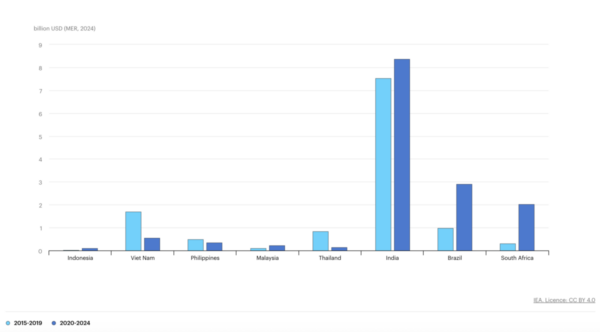
This difference is driven by large and predictable solar auctions such as those in Brazil and India, The IEA’s analysis continues, leading the agency to conclude it is important to increase the pipeline of projects available for financing in Southeast Asia.
The IEA also said it is important for policymakers in Southeast Asia to develop clear regulatory and financial frameworks, pilot corporate power purchase agreement schemes and prioritize investment into transmission infrastructure to help lower the cost of capital.
Its recommendations follow an IEA report published in September that said most Southeast Asian countries can integrate more solar and wind energy in the short term without requiring major energy system changes.
This content is protected by copyright and may not be reused. If you want to cooperate with us and would like to reuse some of our content, please contact: editors@pv-magazine.com.
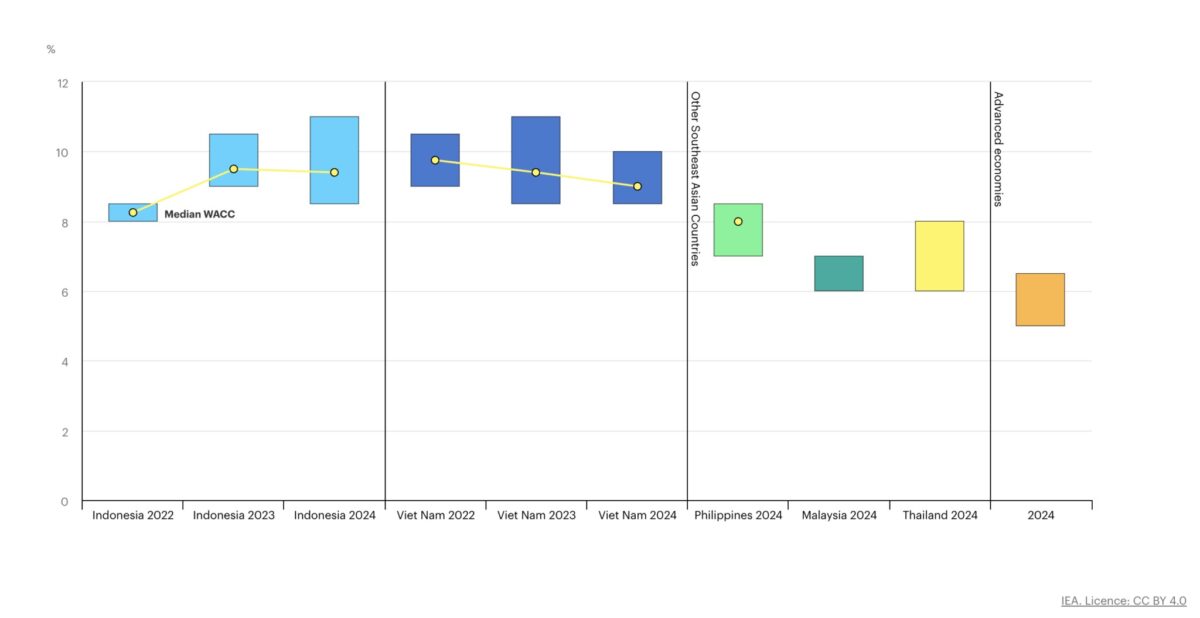
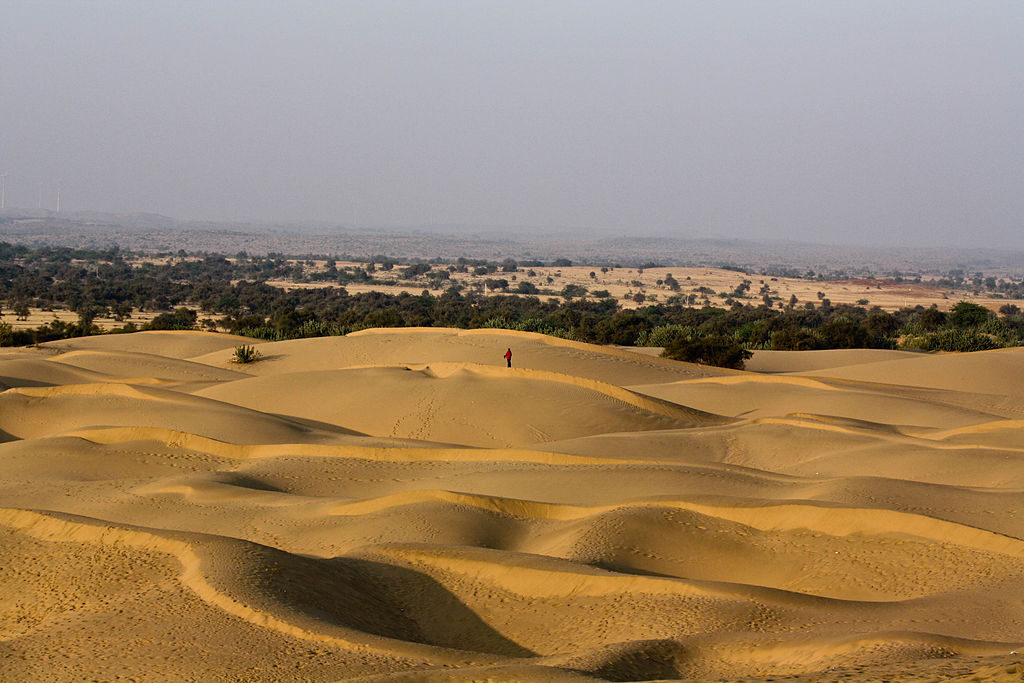


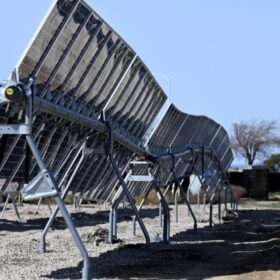
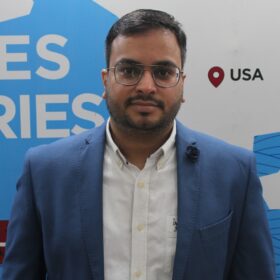
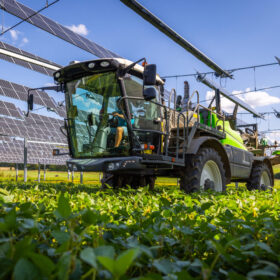
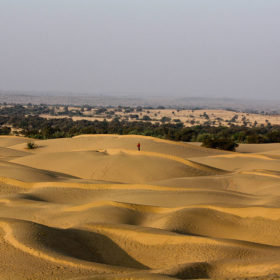
By submitting this form you agree to pv magazine using your data for the purposes of publishing your comment.
Your personal data will only be disclosed or otherwise transmitted to third parties for the purposes of spam filtering or if this is necessary for technical maintenance of the website. Any other transfer to third parties will not take place unless this is justified on the basis of applicable data protection regulations or if pv magazine is legally obliged to do so.
You may revoke this consent at any time with effect for the future, in which case your personal data will be deleted immediately. Otherwise, your data will be deleted if pv magazine has processed your request or the purpose of data storage is fulfilled.
Further information on data privacy can be found in our Data Protection Policy.